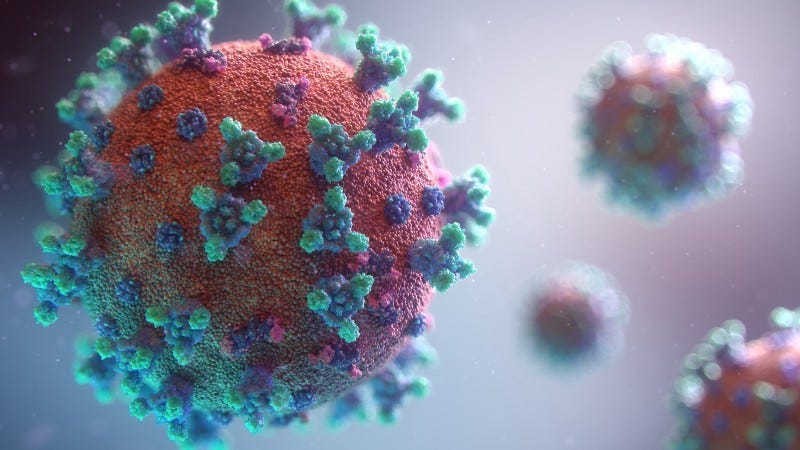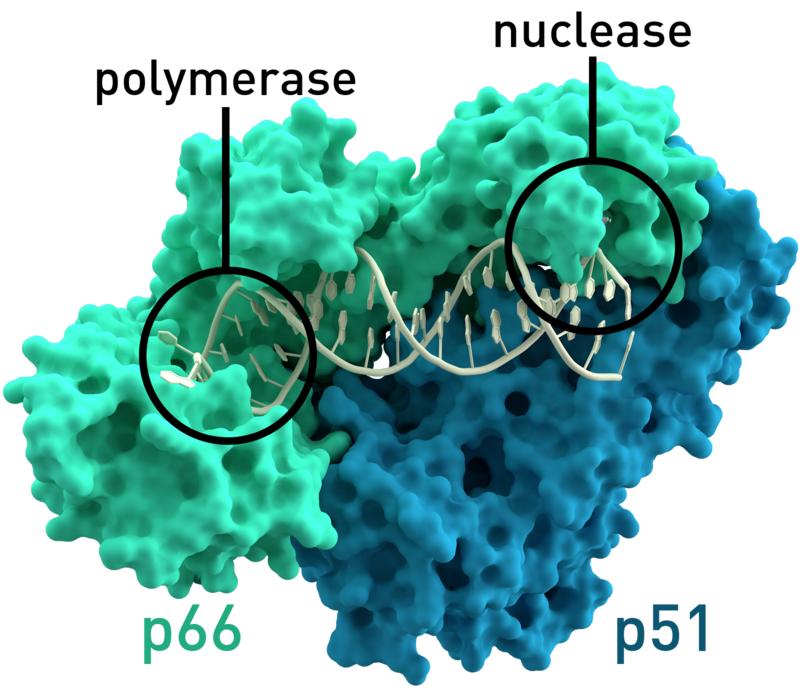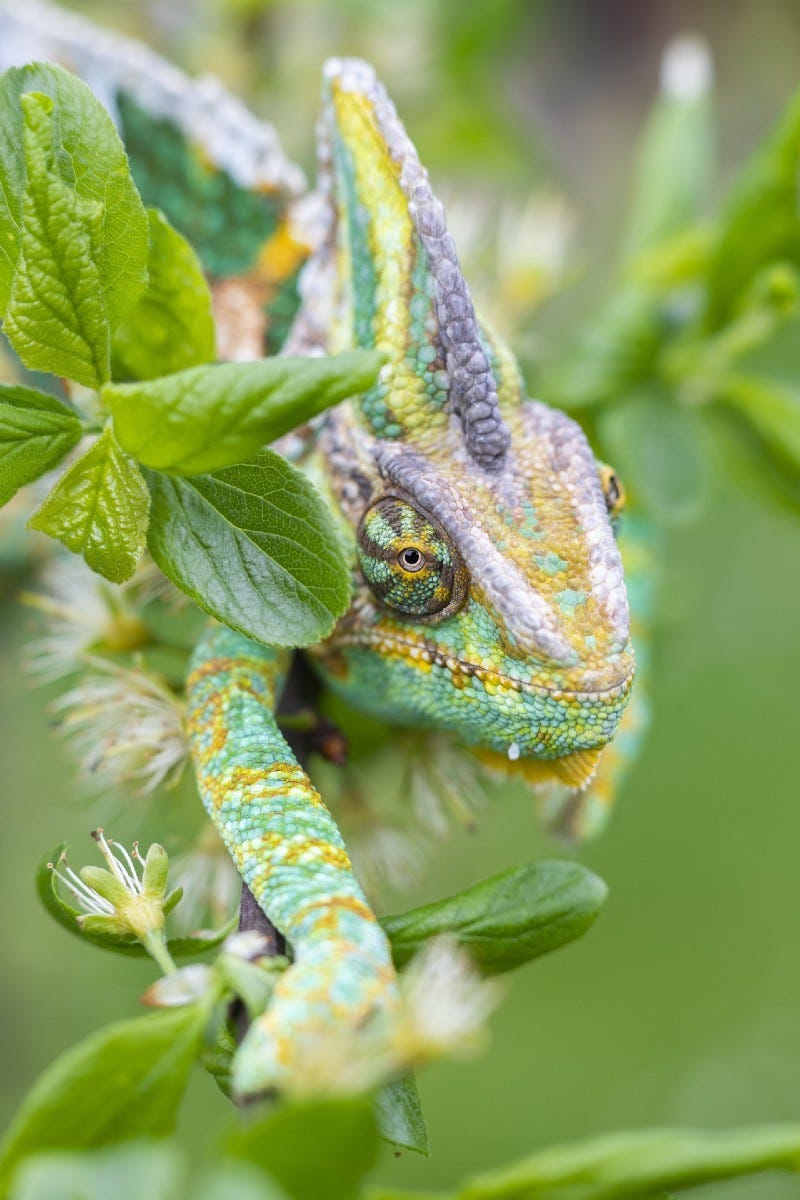In biology, the virus is that one entity that strangles itself on the border of living and non-living. It neither characterizes itself as living nor sits in the coffin.
A living system demands the ability to interchange gases, metabolize, and reproduce. Living beings adapt and interact with the environment. They function in close bounds inside a basic structure called cells.
All these criteria rule out a virus.

Defying biology, viruses function as living components. But that only occurs when they find a way inside a living cell.
They excel known parasites in reproduction ability by producing more than a million copies in a day. Now isn’t this enough evidence of their living tenacity?
What gives the virus such a capable feat?
First, a virion is small enough and can bore a tunnel inside a bacterium. As the tiny entity has minimal needs, the genome size of a virus is only a few thousand base pairs.
Next, viruses don’t carry junk. Their structure contains a few critical components that keep viruses from perishing in hostile environments.
Two extra and exceptional attributes bless them with their invincibility.
ONE: Evolution harbored genes to an enzyme, reverse transcriptase in the virus. This proteinaceous enzyme ensures the replication of RNA viruses.
TWO: The secret ability to disguise itself from enemy (immune) cells.
Meanwhile, the viral wheel of life begins with the entry of a virus into a human host.
Cell entry is a real wrestle
When someone sneezes or coughs, they liberate a burst of tiny aerosols in the air. These packets of saliva contain loads of viruses.
On breathing these aerosols, they come in contact with the inner lining of the nasal cavity. Water drops dissolve into mucus present in the cell lining that entraps the viruses.
Mucus contains different active chemicals such as mucin, inorganic salts, and antibodies. These antimicrobial components chew off the viral envelope. The enzymes and chemicals inhibit, wash away, and digest the virus particle.
Resisting all these obstacles, the virus keeps afloat in the nasal mucosa until its surface proteins detect a suitable receptor in the host cell.
Human cells exhibit many receptors that can bind to a viral spike protein. Receptor interaction forms a bridge to connect the virus directly to the cell surface.
In the next event, the lipid-made envelope of the virus fuse with the phospholipid layer of the host cell.
Attachment and fusion pave the way for the virus to inject itself inside the host cell.
Inside the cell, the virus makes itself at home. The genetic material of the virus (chiefly RNA) is released into the cytoplasm. There begins the synthesis of necessary viral proteins.
Among the viral proteins, reverse transcriptase, an enzyme is crucial to its survival.

Reverse Transcriptase (RT) is the playmaker
RNA viruses (such as HIV) would be nearly harmless if only this enzyme didn’t exist.
All eukaryotic cells, including humans, have inbuilt machinery to replicate DNA and not RNA.
But the majority of viruses have RNA as their genetic component.
That concludes, at some point, the viral RNA must be encoded into DNA first. It is where reverse transcriptase hops in. By evolution, all RNA viruses contain genes to produce RT.
Reverse Transcriptase once synthesized codes the viral RNA into a new DNA (cDNA or complementary DNA).
When this viral DNA is encoded, it can enter the nucleus and integrate into the host DNA.
Without being noticed, the intruder viral DNA is replicated alongside the human DNA.
Reverse transcriptase enzymes catalyze the flow of genetic information from RNA to DNA, which is in the reverse direction of the most biological systems.
The ability of virus to super disguise
A virus can wear a real mask. It cheats the human body’s defense system at an absolute molecular level.
Aren’t you curious, how does an army of immune cells guarding the human body allow entry of viruses inside the cell?

It’s because they think the virus is a part of the body. The camouflage is obvious. In a company full of blue-collared employees, an intruder in a blue shirt is undetectable.
A virus can produce “fake proteins” that mimic the host proteins. These proteins presented on the surface of the virus evade the security checks by tricking them to be a part of the body.
Mutations in the bonus
Viruses are the key players in evolution. Thanks to the higher mutation rate, they evolve much more rapidly.
A mutated virus is not only genetically distinct but also structurally aloof. These viruses behave differently and can evade even newer obstacles.
All approximate, they change into new varieties. Viruses evolve for the better, just as living animals.
And that is why there are so many variants of Coronaviruses in the market today.
Just a few things to remember
- Viruses stand in the middle of living and non-living.
- The virus is much smaller than bacteria and uses it up to its advantage.
- Virus battle chemical and biological barriers to enter the host cell, such as human mucosa.
- The enzyme reverse transcriptase is crucial to the survival of RNA viruses.
- A virus can produce “fake proteins” mimicking the proteins in the human body. The function is to evade and camouflage themselves against the immune cells.
- Rapid mutation in viruses evolves and adapts them to new environments.

Post a Comment